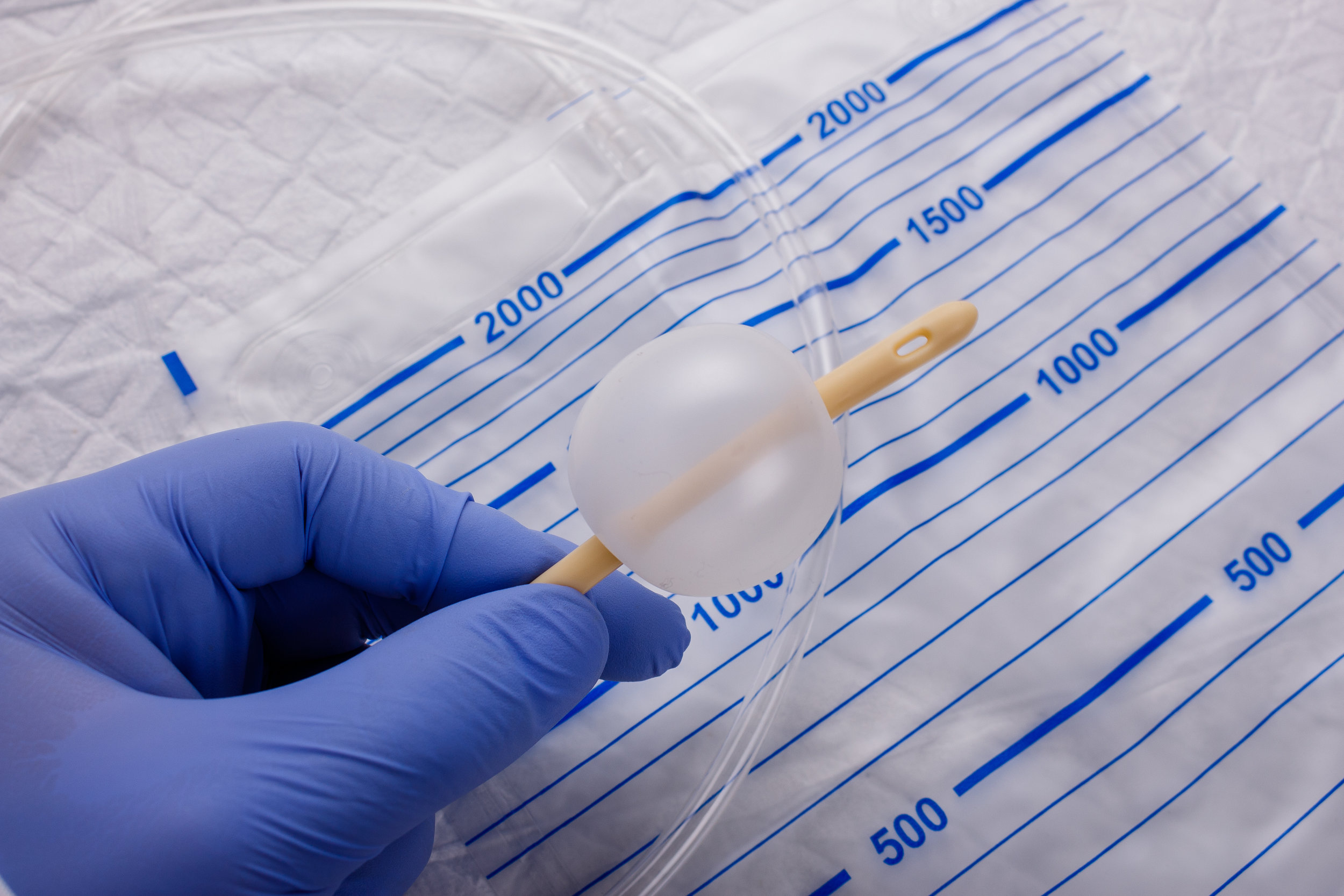I is for Induction
/You may be looking at an induction for many reasons. You may need to be induced for medical reasons such as gestational diabetes or pre-eclampsia, you may be nearing 42 weeks at which point many doctors will strongly encourage inducing, or you may elect to be induced for personal reasons. While the induction procedures vary slightly from hospital to hospital they usually follow a standard progression.
If you are only slightly dilated or not dilated at all you will likely check in for your induction in the evening. You bring all of your bags for birth and check into the Labor and Delivery unit at the set time. Once you are settled into your room, have filled out all the paper work, are hooked up to the monitors, and have at least a hep-lock in place (usually) they will begin the induction medication. The first medication you may be given is either Cervidil (dinoprostone) or Cytotec (misoprostol), these are both used as ripening agents to soften and efface your cervix. Cervidil is inserted vaginally similar to a tampon – which also allows for easy removal if your body has a negative reaction. For the first two hours following application you will need to stay in bed. Intense contractions occurring back to back can be a side effect, if this occurs, call for your nurse as they will usually remove the Cervidil right away. Cytotec is an inexpensive pill that is typically inserted vaginally in varying doses depending on your provider. Cytotec was not intended to be used as a cervical ripening agent but it is a common off-label use of the drug. Since the pills are inserted vaginally without an applicator like Cervidil, you cannot remove the pills if your body has an adverse reaction. If you aren’t sure what ripening agent would be used for your induction you should ask your provider which one they typically use and why. After application of one of these medications you will then be allowed to sleep while they work. You doctor may let you have a light meal in the morning before your induction is continued, or they may not want you to eat anything more than a liquid diet. Ask what the plan is before arriving for your induction and if you can eat a hearty meal before coming in for the induction.
They will usually wait until morning to check and see how you responded to the medication. At which point you may be given another dose, have a Foley bulb inserted, be started on pitocin, or allowed to let labor progress naturally at this point – this all depends on how much your cervix has changed. If you did not respond to the medication they may give you another dose or try the alternate ripening agent. If you have softened and effaced but not dilated they will likely insert a Foley bulb to help you dilate farther. The Foley bulb is a catheter that is inserted through your cervix and inflated with sterile water; this puts pressure on your cervix, hopefully encouraging it to dilate. Once your cervix dilates to around 3 cm it will usually fall out on its own. If you have effaced and dilated sufficiently for the nursing staff you will likely be started on Pitocin to bring on contractions. Pitocin is administered via IV drip, and can be increased or decreased depending on your body’s response. Or if your body responded extremely well to the ripening agent, contractions may have started on their own and your provider may be comfortable waiting to see if your contractions are dilating you effectively or if they feel you need the help of Pitocin. If you would like to avoid Pitocin you can ask your provider if it would be safe to try manual nipple stimulation or pump nipple stimulation to increase contraction intensity and/or frequency. At this point an induced labor will typically progress the same as a labor that started naturally.
Everyone responds to induction medication differently. While some may struggle with the intense contractions Pitocin usually causes, others may not notice much of a difference from regular contractions. Just because you have heard stories of an induction going one way, that does not mean yours will – and just because you have been induced before doesn’t mean the next one will be the same. Every birth is unique.
Have you been induced? Did the staff use Cervadil or Cytotec? How did you handle Pitcoin?
Next I will be blogging on the letter J… J is for Joy.






